

Hair accessories are things that are wrapped, knotted, twisted, inserted, or otherwise affixed to the hair and may be decorative or practical. Throughout history, religious significance, social class, age group, and level of fashion awareness have all been denoted by the adornment styles and materials used. Examples of hair accessories, which come in an infinite variety of forms, dimensions, and materials, include hair bands or rings, ribbons and bows, hairpins, combs, barrettes, beads, thread or string, hair spikes and sticks, as well as other affixed trinkets (shells, jewels, coins, flowers, and feathers) thought to have aesthetic or social and cultural value. Both sexes and people of all ages have donned hair ornaments.
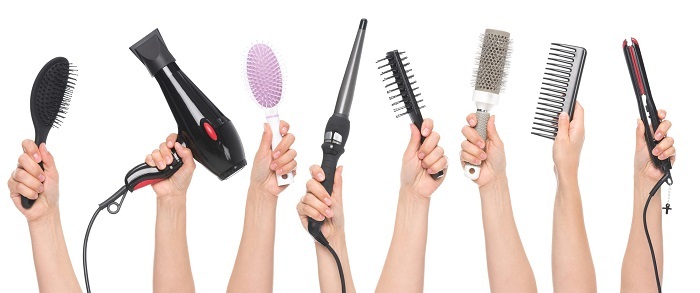
Following are the major types of hair accessories
Hair rings and hair bands are cylindrical hair ornaments wrapped around the hair and used to keep hair out of the face or otherwise control individual hair strands. At the conclusion of the Bronze Age, some of the oldest hair rings were discovered in Belgium, France, and Great Britain. These items were made of lead, clay, bronze, or gold-plated materials. During the New Kingdom dynasties 18–20, identical rings were worn by ancient Egyptians. Egyptian tombs have contained examples. These hair rings, which were made of alabaster, white-glazed pottery, or jasper and worn in wigs rather than on the head, were a symbol of social standing or power. Hair binders were created in North America by wrapping lead wire in flexible textiles like silk or cotton. In the 20th century, rubber and other synthetic elastomeric fibres were used to make hair rings—now known as ponytail holders or hair bands—more flexible. To prevent them from breaking hair strands, they were coated in thread or fibres. In the 1980s, “Scrunchies” was among the most well-liked hair bands. The hair of young girls and women was pulled back into ponytails using these fabric-covered decorative elastic bands.
Single-pointed pins are known as hairpins and are used to style or secure hair. Like the hairpins used to secure hair in central Africa, which are made of copper, wood, ivory, and bone, they have both a practical and an ornamental function. Ancient Roman ladies frequently fixed their intricate hairstyles with long hairpins that were hollow enough to serve as dispensers of perfume or even poison. In the seventeenth century, hair accessories made of tortoiseshell or lacquered wood became popular in Japan. Fashionable courtesans wore the kanzashi, a hairpin with a fancy knob, tassel, or bead on the end.
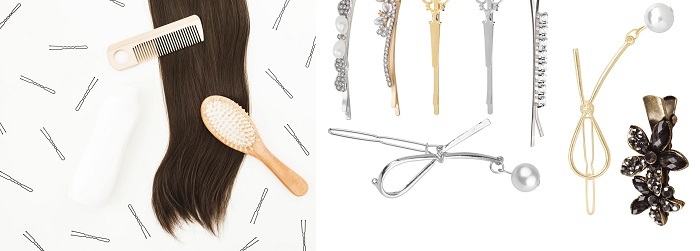
Other Japanese ladies had relatively simpler decorations in their hairstyles, such as a flower or pendant hairpin. During the late 1600s in France, hairpins were also required to keep a meticulous appearance. Men had to shave their heads or tightly pin their hair to the head to accommodate the bulky “periwigs” they wore.
Barrettes, which are used to hold the hair in place, are metal pins about three inches long with a beaded head and protective cap. Midway through the nineteenth century, some of the first barrettes were in use. Typically, this bar-shaped hairpiece features a decorative face with a hidden spring clip to secure it to the hair (Cox 1966). This hair clip, which is frequently constructed of metal or plastic and comes in a range of colours, could be thought of as a modified bobby pin that combines the functionality of the pin with a more aesthetically pleasing exterior.
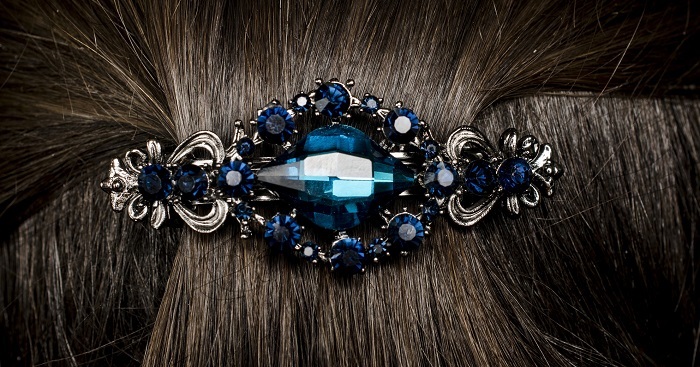
Additionally, the attractiveness is not just Western. Mexico’s Totonac and Tzelta girls, who reside close to Papantla and Ocosingo, dress in a vibrant assortment of plastic slides and hair ornaments.
Headbands are a type of hair accessory with a long history that combines style and practicality. Mesopotamian men and women wore fillets or headbands to keep their hair in place as early as 3500 B.C.E. The summit of the head was covered with these circlets. Royal European females wore a variety of veils and metal fillets shaped like a crown or cornet during the Middle Ages. Metal fillets increasingly fell out of favour in favour of cloth bands or strips. Women emulated ancient Greek hairstyles during the neoclassical revival of the early 1800s by pulling back their hair with cloth bands. In the middle to late 1800s, headbands lost favour as hats and bonnets became popular. Headbands did not emerge until the 1920s, when women started donning them for nighttime occasions.

These rings were frequently embellished with gems or connected with tall feathers. Modern headbands frequently include a U-shaped plastic core that is coated in foam or fabric. These headbands fit snugly behind the ears and over the top of the head.
Since the Stone Age, hair combs have been used to style and control hair. Some of the earliest hair decorations discovered date to 10,000 BCE and are made of boxwood. Est hair decorations discovered date to 10,000 BCE and are made of boxwood. Tortoiseshell combs were used by ancient Roman ladies to style their hair. Women in China fastened their buns in place with ornamental golden and emerald hairpins or combs made of rhinoceros’ horn during the Tang Dynasty (621–907 CE). Women’s buns were decorated with complex hairpins and combs in the forms of phoenixes, butterflies, birds, and flowers throughout the Song Dynasty (960–1279 C.E.). Around the twelfth year of the Republic, Chinese ladies started adorning their hair with the incredibly ornate “coronet comb.” The coronet featured two flaps that hung over the shoulders and was constructed of painted yarn, gold, pearls, silver, or jade.
In more recent times, men and women in the tropical regions of West Africa have begun to braid their hair using thread, which can also be used to wrap their hair. The thread-wrapped hair creates a stylish hairdo and keeps the head cool by causing the strands to rise from the head like spikes. One haircut that is common in West and Central Africa is called “trees.” Five parts of the hair are divided, fastened with rubber bands, and then braided into cornrows
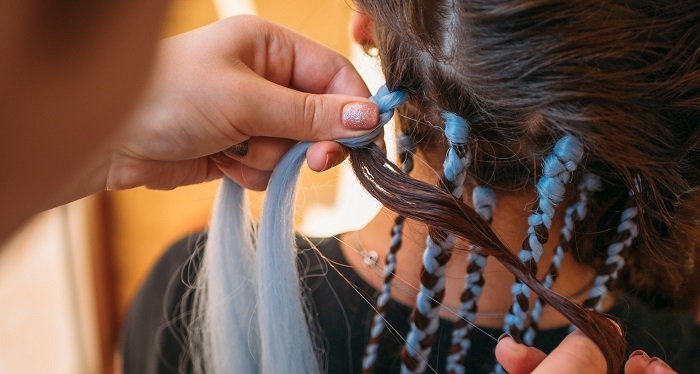
Three-quarters of the length of each centre segment of hair is wrapped in thread. For an even more colourful look, other coloured threads are sometimes employed.
It has long been customary for African cultures to wear beads as a decorative way to highlight plaited hair. The hair is braided into a multitude of tiny strands using the traditional West African technique known as cornrowing. Depending on how complex the style is, it may take two to six hours to arrange. To emphasise the plaited strands, beads were also used. African hairstyles have been popular for centuries, but it wasn’t until the 1970s, when movie actress Bo Derek started wearing cornrow braids on her hair, that they gained popularity in the West.
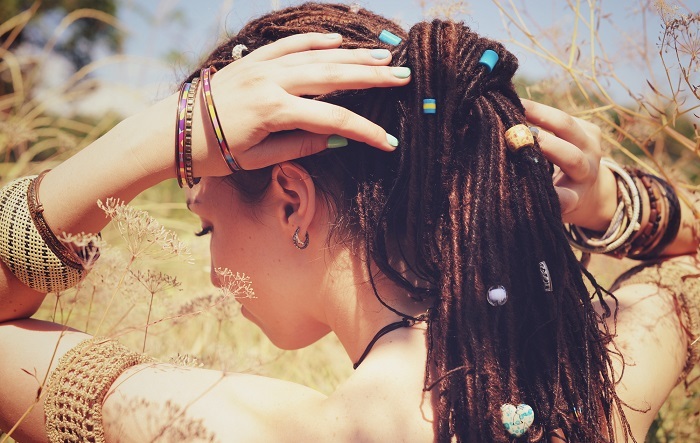
Early in the new millennium, West African hair customs still included the significant practise of beading cornrow braids.
Hair accessories are the accessory of the moment to easily place on your hair, regardless of the type of hair you have. The greatest hair clips are currently seeing a spike in popularity as accessories, joining the likes of early 2000s nostalgia, eye-catching hues, and further mood-enhancing fashion experimentation. People adore how simple the hair accessories are. It’s become essential now that we’re back to a semblance of normality, with a wide variety of designs and prints to convey your mood and complement your unique style. The item is a means of self-expression as well as simplicity. They provide a healthy, heatless method of styling your hair because they don’t pull or snag it. Overall, hair accessories continue to be the cool girl’s go-to method for enhancing any look.